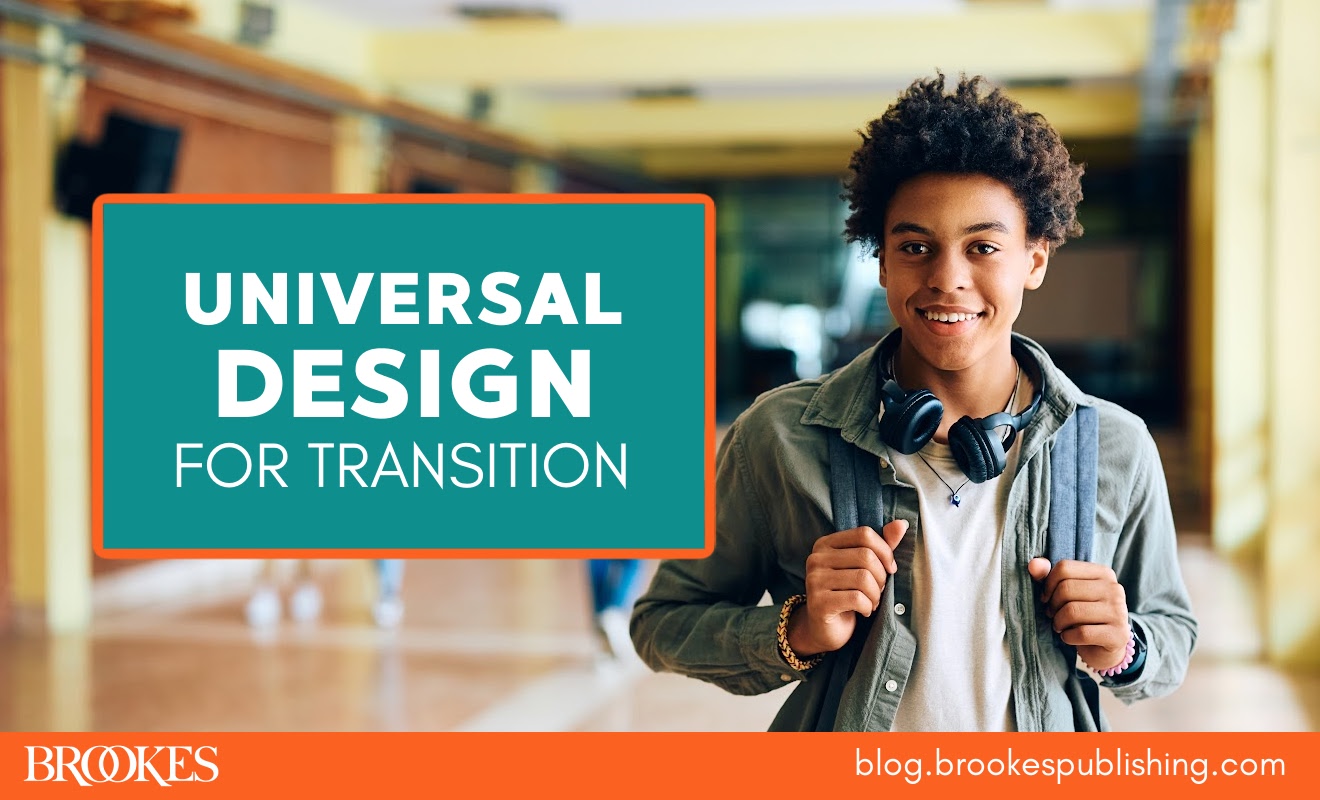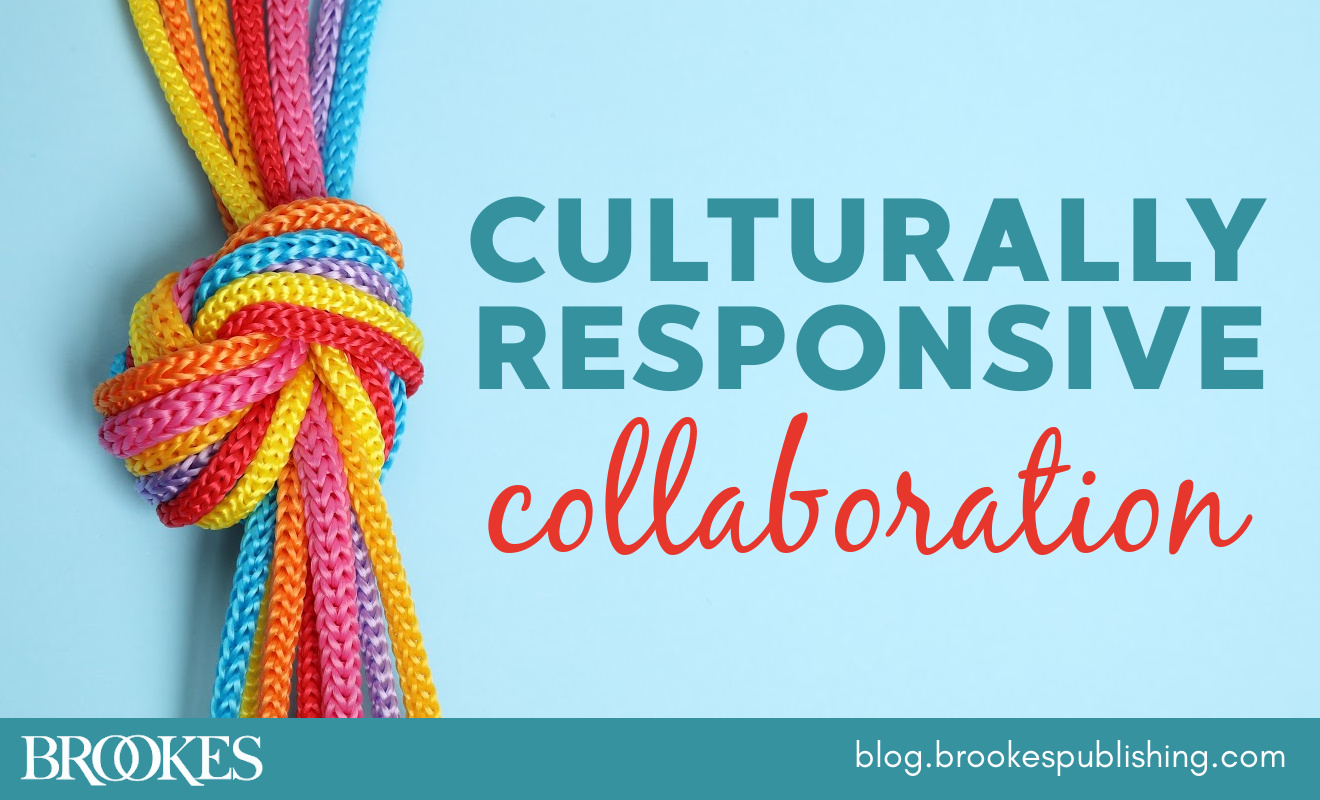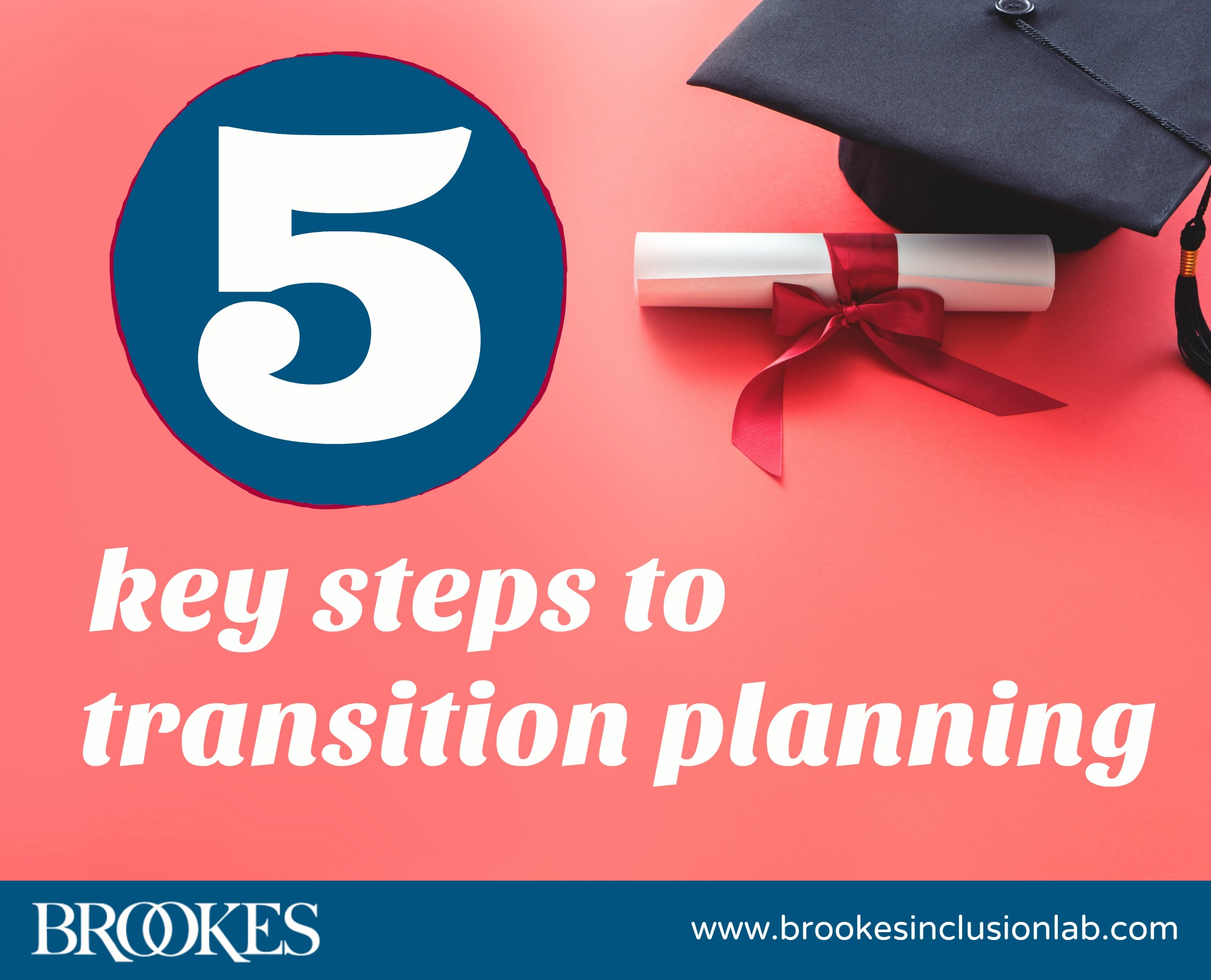7 Steps to Lesson Planning with Universal Design for Transition
November 28, 2023
 In 2009, a groundbreaking book called Universal Design for Transition showed educators across the country how to apply the principles of universal design for learning (UDL) to the transition to adulthood for students with disabilities. Now two of the authors behind that book—plus an array of distinguished contributors—have developed a followup edition with an equity lens, so that educators can understand the needs of historically marginalized racially and ethnically diverse students and create culturally responsive and sustaining instruction and transition supports.
In 2009, a groundbreaking book called Universal Design for Transition showed educators across the country how to apply the principles of universal design for learning (UDL) to the transition to adulthood for students with disabilities. Now two of the authors behind that book—plus an array of distinguished contributors—have developed a followup edition with an equity lens, so that educators can understand the needs of historically marginalized racially and ethnically diverse students and create culturally responsive and sustaining instruction and transition supports.
In the preface to their new book, Universal Design for Transition: The Educators’ Guide for Equity Focused Transition Planning, Second Edition, LaRon Scott and Colleen Thoma say:
“Although we consider the growing popularity and use of universal design for transition (UDT) a positive matter for the field, we are also motivated to reintroduce educators to the UDT framework using culturally responsive and sustaining approaches. By ‘culturally responsive and sustaining,’ we mean approaches that reduce opportunity gaps related to student academic achievement and transition planning success (e.g., health, education, school, community living, self-determination).”
Today we’re sharing a brief, lightly adapted excerpt from this reimagined new edition. Here are some recommended steps for planning effective lessons that incorporate UDT components and are based in culturally sustaining practices:
Step 1. Become critical, self-reflective professionals. Educators must be critically conscious of themselves before building awareness and providing support for students from culturally and linguistically diverse backgrounds. Unmask biases and prepare ways to share motivations for supporting students in your communities. This includes motivations for building relationships with students, families, and other stakeholders engaged in culturally sustaining practices.
Step 2. Think about the transition components that make the most sense, given the focus of the academic lesson. It’s not difficult to find examples of transition goals when you look at the components of an academic standard. For example, mathematics and science objectives often require problem-solving skills (a core self-determination skill), and English objectives can include skills used in employment, such as public speaking, effective writing, and reading instructions for content. Ask yourself to highlight components of academic standards that are closely linked to tasks one needs to be successful at work, in postsecondary education (PSE) courses, and/or in independent living.
Step 3. Think about the students in your classroom. What are their current interests outside of school? What do they know about possible employment, PSE, and/or independent living options, and what additional options could you help them explore? Which of these could be used as a focus for an assignment in history, English, technology, science, or math? What can you learn about their strengths, needs, preferences, and/or interests that can help guide transition planning and services?
Step 4. Think about the assets that students bring into your classroom. What are their ages, cultural/racial/gender/religious backgrounds? In what communities do they live? Beyond the typical transition stakeholders, who can provide additional information about community assets? How could they be involved in the classroom and/or in out-of-class experiences?
Step 5. Ask yourself: What are some ways you can involve parents in UDT-based unit/lesson plans? How can you involve them more in the transition IEP process and, prior to that meeting, in the gathering of critical transition assessment information to inform the transition planning process? How can you gain a better understanding of their cultures, values, and expectations for adult roles and responsibilities for their young adult with a disability?
Step 6. Think about what UDT transition components you can address by incorporating a UDT framework in your academic instruction and assessment processes. Based on this, determine what transition components/information you still need to collect to develop effective, individualized transition goals for the students in your classroom. You will still need to do some individually focused transition instruction, assessment, and planning because it does not easily fit within the academic instruction you need to address. But you don’t have to do it alone. Involve the vocational rehabilitation counselor through the Pre-Employment Transition Services process; the school counselor, who can provide information about PSE options (including the admissions process and financial assistance); community members who can help identify resources, job opportunities, and other needed services; and the family, who can help with many transition assessments and other resources.
Step 7. Gather resources that can be used to aid your efforts. Develop a range of resources to help you explain the UDT approach to others, make connections between academics and transition, and decide which transition components make the most sense to include in unit/lesson planning. These resources can also help you choose additional, individual transition assessment and services that will help students in your classroom meet their goals for adult life. (Resources that can be used to implement a UDT framework—both universal design for learning and transition components—are included in the Scott & Thoma book.)
Need more practical guidance on transition planning for diverse learners with disabilities? Get the new book that inspired today’s post—a must for educators of Grades 6–12!




Write a Comment
Your email address will not be published. Required fields are marked *
Post a Comment